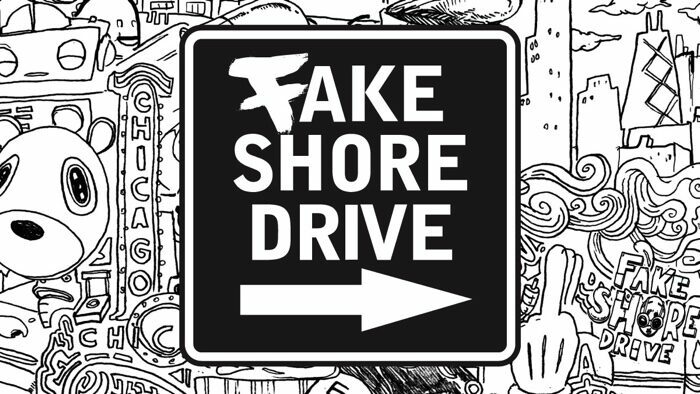The flamenco guitar has a storied legacy and is known for its passionate, emotional music. Beyond merely plucking its strings, this captivating genre demands the player to deeply understand its techniques and traditions to convey its raw emotion effectively. From its roots in Andalusia, Spain, flamenco music has evolved into a widely acclaimed art form that has captured the attention of music enthusiasts worldwide.
In this blog post, we will delve into the world of flamenco music and explore what makes it such an incredible art form. We’ll examine the guitar’s central role in this captivating music genre, understand its unique techniques and showcase how the musician’s emotions drive their performance.
1. Understanding the History and Cultural Significance of Flamenco Music
Flamenco is a music, song, and dance genre that originated in Andalusia, Spain, during the 18th century. The history of Flamenco can be traced back to the Gypsies who fled from India and settled in Andalusia during the 15th century. Their music combined with the local Andalusian culture to create the rich and soulful music which we know today as Flamenco.
The early Flamenco artists expressed their emotions, struggles, and joys through music, which became a way of life for the Gypsies. Flamenco has played a vital role in Spanish cultural heritage, and today, it is recognised as a world heritage art form by UNESCO.
2. Exploring the Unique Techniques Involved in Flamenco Guitar Playing
Flamenco is a traditional Spanish art form that is celebrated for its passion, emotion, and intensity. One of the most distinguishing features of flamenco music is its use of the guitar, which serves as the driving force behind the rhythms and melodies of the dance. In this document, we delve deep into the intricate technique of flamenco guitar playing, exploring its origins, history, and unique rhythmic patterns. From Rasgueado to Picado, we leave no technique unexplored, examining each one with detailed explanations and accompanying illustrations to help you perfect your craft.
3. Emphasising the Importance of Rhythm and Timing in Flamenco Music
Rhythm is the foundation upon which Flamenco is built, and the intricate interplay between music and movement is the core of this art form. In Flamenco, rhythm and timing are everything, and the guitar plays a fundamental role in weaving together the complex rhythmic loops of the dance. Beyond mere technical proficiency, a true flamenco guitarist must have a deep understanding and mastery of the rhythmic intricacies of the genre.
4. Examining the Emotional Depth and Expression That Flamenco Guitarists Strive to Convey
One aspect of this connection is examining the emotional depth and range that Flamenco guitarists strive to convey in their performances. Flamenco music is known for its passionate and intense emotions, and the guitar plays a central role in expressing these feelings. Beyond the technical skill required to play the music, there is a profound emotive capacity that Flamenco guitarists draw upon to convey a wide range of emotions, from joy to sorrow, love to heartbreak.
5. Highlighting Influential Flamenco Guitarists and Their Impact on the Genre
In this vein, this document highlights 5 influential Flamenco guitarists who have left an indelible mark on the genre. These guitarists have played a significant role in popularising Flamenco music worldwide and have contributed to its evolution over the years: Paco de Lucia, Vicente Amigo, Carlos Montoya, El Niño Miguel, and Tomatito. Through their virtuosic playing and deep understanding of the genre, these 5 influential Flamenco guitarists have inspired countless people to appreciate and explore the art form.
Conclusion
Flamenco guitar is a unique music style that is a combination of technique, emotion, and culture. A true Flamenco guitarist is not only skilled in fingerpicking and strumming but also has a deep understanding and appreciation of the music’s history and cultural roots. The guitar itself is not just a tool but an extension of the player’s soul, allowing them to express their deepest emotions and connect with their audience on a profound level.

